The skies of Bolivia, a landlocked country in South America, have long captivated travelers, astronomers, and dreamers alike. With its high-altitude landscapes, sparse population, and minimal light pollution, Bolivia offers some of the clearest and most breathtaking celestial views on the planet. From the shimmering expanse of the Salar de Uyuni reflecting the heavens to the remote corners of the Andes where the Milky Way stretches unobstructed, Bolivia’s skies are a gateway to the cosmos.
The Allure of Bolivia’s High-Altitude Skies
Bolivia’s unique geography plays a crucial role in its celestial spectacle. Much of the country sits at elevations exceeding 3,000 meters, with the Altiplano plateau stretching between the eastern and western Andes. At these heights, the atmosphere is thinner, reducing the distortion and scattering of light that often obscures stars at lower altitudes. This clarity allows for an unparalleled view of constellations, planets, and even distant galaxies with the naked eye.
The Salar de Uyuni, the world’s largest salt flat, transforms into a mirror during the rainy season, creating an illusion where the sky and earth merge. Visitors often describe the sensation of walking among the stars, as the reflective surface duplicates the celestial panorama below. This phenomenon, combined with the region’s isolation, makes it one of the most sought-after destinations for astrophotographers and stargazers.
A Haven for Astronomers and Stargazers
Beyond its natural wonders, Bolivia has become a hub for astronomical research. The Chacaltaya Observatory, once home to the world’s highest-altitude ski resort, now serves as a critical site for cosmic observation. Perched at 5,230 meters above sea level, the facility benefits from the pristine atmospheric conditions, allowing scientists to study cosmic rays and high-energy particles with remarkable precision.
Amateur astronomers also flock to regions like the Eduardo Avaroa Andean Fauna National Reserve, where guided night tours reveal the splendor of the southern hemisphere’s constellations. The lack of urban light pollution means that even casual observers can spot celestial rarities such as the Magellanic Clouds, two dwarf galaxies visible only from the southern latitudes.
Cultural Significance of the Bolivian Sky
For Bolivia’s indigenous communities, the sky is more than a scientific curiosity—it is a living tapestry of myths, agriculture, and spirituality. The Aymara and Quechua peoples have long relied on celestial patterns to guide planting and harvesting cycles. The Pleiades star cluster, known as Qullqa in Quechua, is particularly significant; its visibility at dawn signals the start of the planting season.
In Andean cosmology, the sky is intertwined with earthly existence. Mountains, or Apus, are considered sacred beings that bridge the human and celestial realms. Rituals honoring Pachamama (Mother Earth) and Inti (the Sun God) often involve offerings to the sky, reinforcing the deep connection between land, people, and the cosmos.
Threats to Bolivia’s Pristine Skies
Despite its natural advantages, Bolivia’s skies face growing challenges. Light pollution from expanding cities like La Paz and Santa Cruz is gradually encroaching on once-dark regions. Mining operations, a vital part of Bolivia’s economy, contribute to atmospheric dust and artificial glare, which can obscure celestial observations.
Climate change also poses a threat. Shifting weather patterns have led to increased cloud cover in some areas, while glacial retreat in the Andes alters local microclimates. Conservationists and astronomers are advocating for the creation of designated dark-sky reserves to protect Bolivia’s nightscapes for future generations.
The Future of Astro-Tourism in Bolivia
Recognizing the economic and cultural value of its skies, Bolivia has begun investing in astro-tourism. Specialized lodges with observatories, such as those near the Salar de Uyuni, offer visitors the chance to sleep under the stars while learning about astronomy from local guides. The government has also partnered with international organizations to promote Bolivia as a premier destination for celestial events like meteor showers and eclipses.
As more travelers seek unspoiled natural wonders, Bolivia’s skies stand as a reminder of humanity’s enduring fascination with the universe. Whether viewed through the lens of science, culture, or sheer wonder, the heavens above this South American nation continue to inspire and humble all who gaze upward.

By Emily Johnson/Apr 28, 2025

By Noah Bell/Apr 28, 2025

By Christopher Harris/Apr 28, 2025

By Samuel Cooper/Apr 28, 2025

By Sophia Lewis/Apr 28, 2025
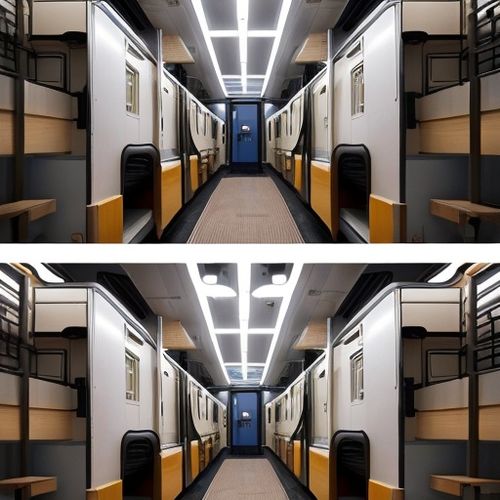
By Daniel Scott/Apr 28, 2025

By Joshua Howard/Apr 28, 2025

By Daniel Scott/Apr 28, 2025

By Lily Simpson/Apr 28, 2025
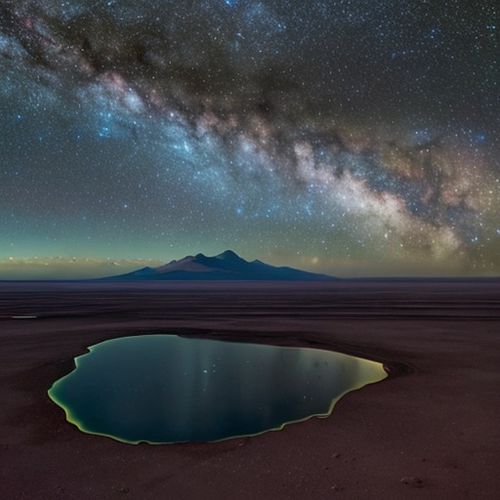
By Victoria Gonzalez/Apr 28, 2025

By Benjamin Evans/Apr 28, 2025

By William Miller/Apr 28, 2025
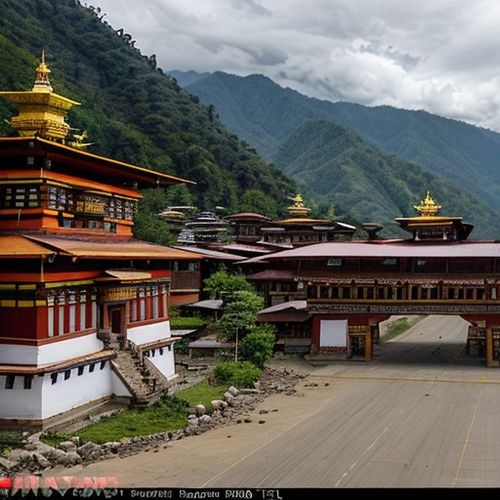
By David Anderson/Apr 28, 2025

By Sarah Davis/Apr 28, 2025

By Victoria Gonzalez/Apr 28, 2025
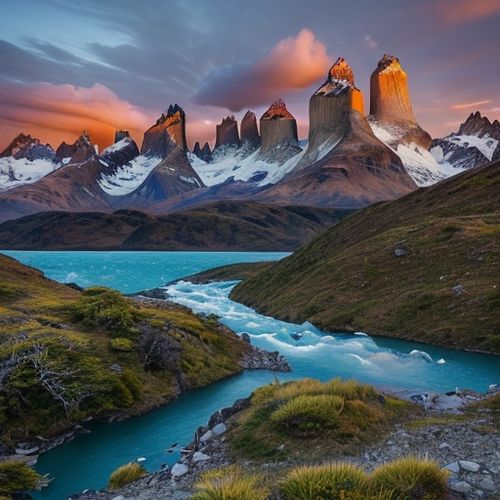
By Victoria Gonzalez/Apr 28, 2025

By Amanda Phillips/Apr 28, 2025

By William Miller/Apr 28, 2025
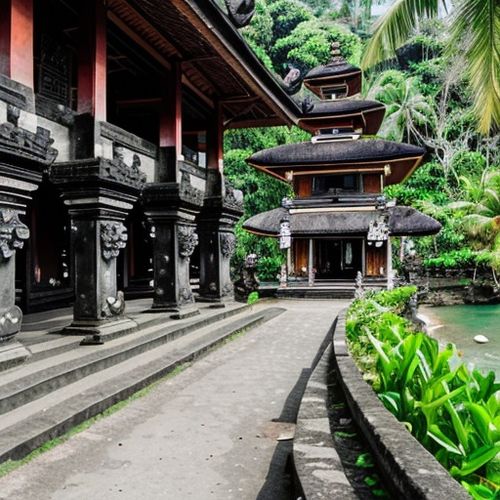
By David Anderson/Apr 28, 2025

By Megan Clark/Apr 28, 2025